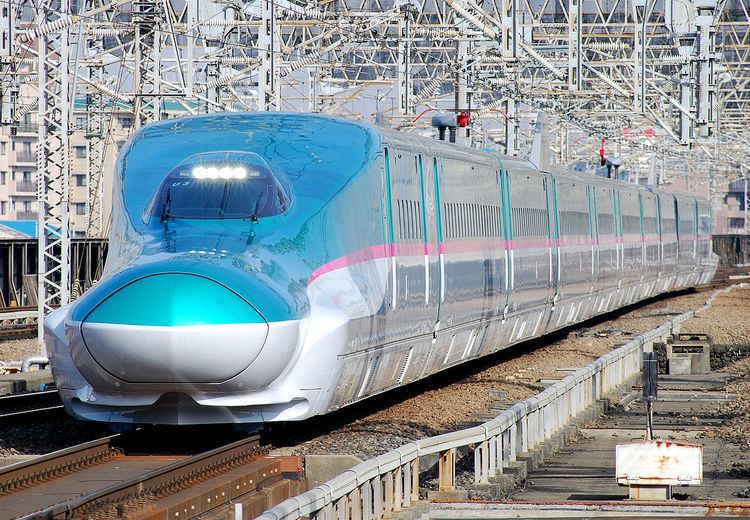 | ||
Many countries offer subsidies to their railways because of the social and economic benefits that it brings. Those countries usually also fund or subsidize road construction, and therefore effectively subsidize road transport as well. Rail subsidies vary in both size and how they are distributed, with some countries funding the infrastructure and others funding trains and their operators, while others have a mixture of both. Subsidies can be used for either investment in upgrades and new lines, or to keep lines running that would otherwise be unprofitable.
Contents
- Social and economic benefits of rail
- Modern rail as economic development indicator
- USA
- Europe
- China
- India
- Russia
- Japan
- References
Rail subsidies are largest in Europe (€73 billion) and China ($130 billion), while the United States has relatively small subsidies for passenger rail and freight is not subsidized at all.
Social and economic benefits of rail
Railways channel growth toward dense city agglomerations and along their arteries, as opposed to highway expansion, indicative of the U.S. transportation policy, which incents development of suburbs at the periphery, contributing to increased vehicle miles traveled, carbon emissions, development of greenfield spaces, and depletion of natural reserves. These arrangements revalue city spaces, local taxes, housing values, and promotion of mixed use development.
Modern rail as economic development indicator
European development economists have argued that the existence of modern rail infrastructure is a significant indicator of a country's economic advancement: this perspective is illustrated notably through the Basic Rail Transportation Infrastructure Index (known as BRTI Index).
USA
Current subsidies for Amtrak (passenger rail) are around $1.4 billion. The rail freight industry does not receive subsidies.
Europe
Total EU rail subsidies amounted to €73 billion in 2005.
China
In 2015, total domestic rail spending by China was $128 billion and is likely to remain at a similar rate for the rest of the country's next Five Year Period (2016-2020). A planned 8,000 kilometres ( About 5,000 miles ) will be added domestically, with a goal of better connecting existing domestic track with other foreign railway systems..
India
The Indian railways are subsidised by around Rs 400 billion ($5.8 billion), of which around 60% of which goes to commuter rail and short-haul trips.
Russia
In total, Russian Railways receives 112 billion rubles (around US$1.5 billion) annually from the government.
Japan
The privatized rail network in Japan requires few subsidies. The three biggest companies, JR East, JR Central and JR-West (which account for 60% of the passenger market) receive no state subsidy.
